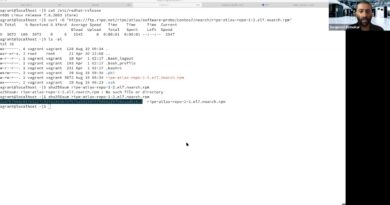"Track Query Execution Time with PostgreSQL's TIMING Command
In this video, we’ll take a closer look at the timing meta-command in PostgreSQL. This command can be used to measure the time it takes for a SQL statement to execute, which can be incredibly helpful for optimizing query performance. We’ll walk through some examples of how to use the timing command, including how to enable and disable it, how to interpret the output, and how to use it in combination with other PostgreSQL commands. By the end of this video, you’ll have a solid understanding of how to use the timing meta-command to optimize your PostgreSQL queries.
————————————————————————
►►►LINKS◄◄◄
Blog:
Previous Tutorial
►
————————————————————————-
►►►Social Media – Where I sort of Live
https://www.instagram.com/RebellionRider/
https://www.facebook.com/TheRebellionRider/
Tweets by RebellionRider
https://www.linkedin.com/in/mannbhardwaj/
————————————————————————-
►►►Books I refer to
PL/SQL https://amzn.to/2QE1jX0
Performance Tuning https://amzn.to/2sgiAw4
1z0-071 Exam https://amzn.to/2sgfeJw
Python Programming https://amzn.to/305UEbh
————————————————————————-
►►►Camera Gears
► Video Gears That We Use For Creating Our YouTube Video
https://www.amazon.in/shop/manishsharma?listId=DU9UM0XL97KM&ref=idea_share_inf
► Work From Home Essential Tech That We Use Daily
https://www.amazon.in/shop/manishsharma?listId=XAZ18JLLSNB5&ref=idea_share_inf
AFFILIATE DISCLOSURE:
Some of the links used in the description will direct you to Amazon.in. As an Amazon Associate, I earn from qualifying purchases at no additional cost to you.
#RebellionRider
centos 8




How to do this if Im using a sql editor?